
Effectiveness of SOS for highly trained middle-distance runners
Independent, peer-reviewed study into effectiveness of SOS for highly trained middle-distance runners following a high intensity interval training session.
Read studyScience you can measure
Since day one, SOS has invited independent, university‑led research and built its formula around the proven sodium‑glucose co‑transport mechanism used in oral rehydration science.
*Formulation informed by WHO/UNICEF ORS principles; no affiliation or endorsement implied.*



Independent, peer-reviewed study into effectiveness of SOS for highly trained middle-distance runners following a high intensity interval training session.
Read study
Independent study into the effectiveness of excess sugar in sports drinks - High Performance Sport Laboratory at Auckland University of Technology 2015.
Read summary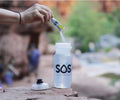
Research conducted by a verified third party specialist osmolarity testing lab.
Read study
White paper in association with the American bio defense institute on military and Covid hydration management using SOS.
Read studyThird-Party Empirical Research
SOS is informed by the World Health Organization (WHO) / UNICEF Oral Rehydration Solution (ORS) principles and falls within the typical ORS ranges, supported by over 50 years of dehydration research. The studies below explore the effectiveness of ORS and, where relevant, our specific formulation.

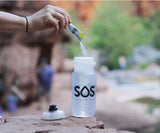


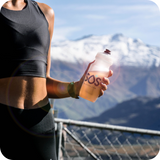
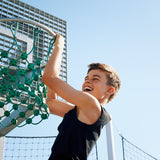
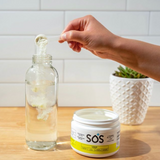
*Informed by WHO/UNICEF ORS principles; no affiliation or endorsement implied. For study limitations and methods, see original sources.*